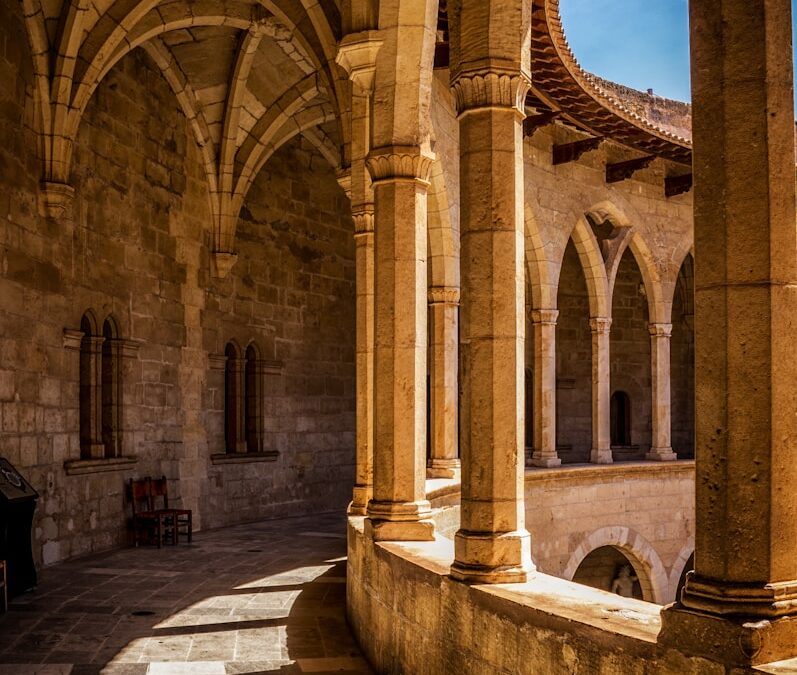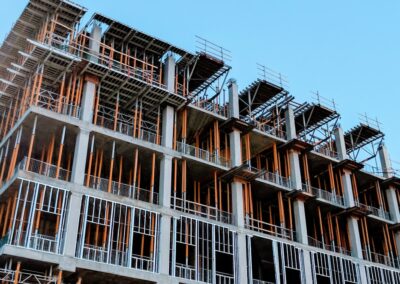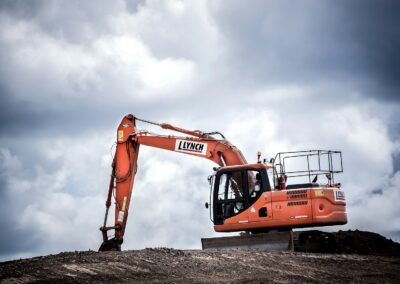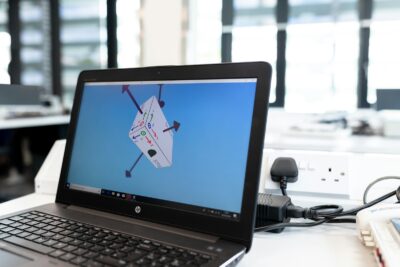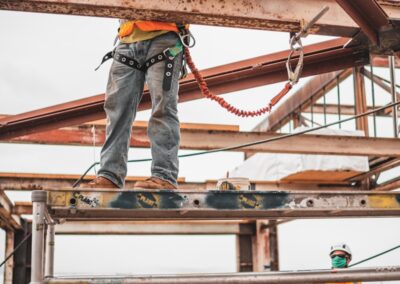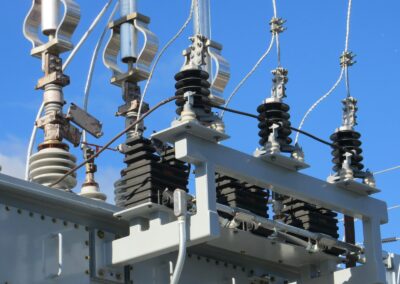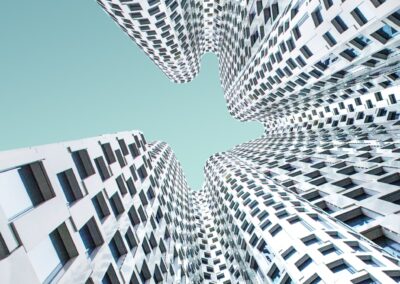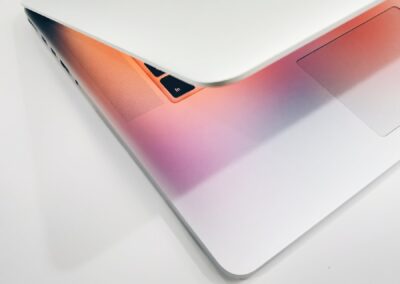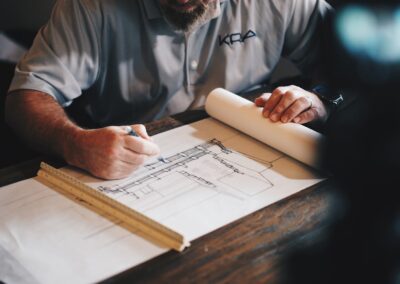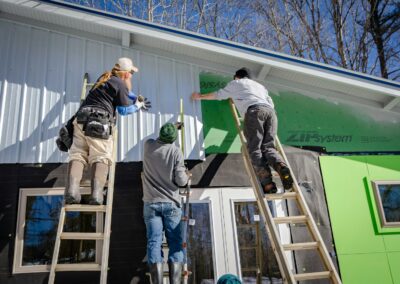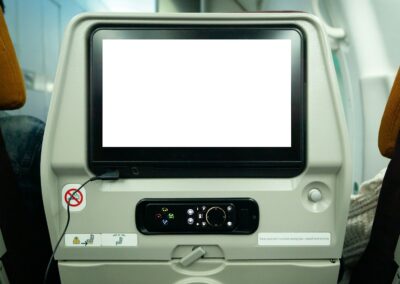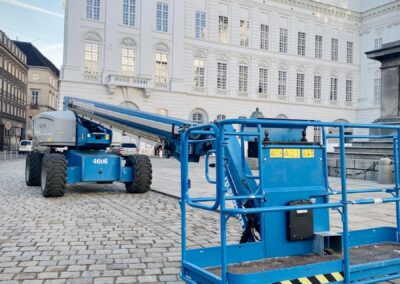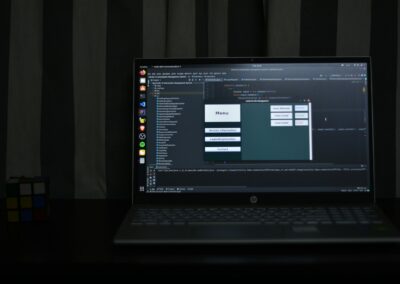The Power of Integrating BIM with Digital Twins
Revolutionizing Construction Projects with BIM and Digital Twins
The integration of Building Information Modeling (BIM) and digital twins is transforming the construction industry by enhancing the accuracy and detail of virtual models. BIM, a digital representation of the physical and functional characteristics of a facility, combined with digital twins, which provide real-time data and monitoring, creates a powerful tool for managing construction projects. This integration allows for precise planning, efficient resource management, and proactive problem-solving. In rapidly growing urban centers like Riyadh and Dubai, where construction projects are complex and large-scale, the use of BIM and digital twins is proving invaluable.
Digital twins, when paired with BIM, provide a dynamic and detailed virtual model that evolves throughout the lifecycle of the project. This synergy ensures that any changes in the design or construction phases are accurately reflected in real-time, reducing the risk of errors and rework. For example, in Saudi Arabia, the integration of these technologies is being used in the development of the NEOM city, a visionary project that aims to create a sustainable and smart urban environment. By leveraging BIM and digital twins, project managers can ensure that every aspect of the construction process is meticulously planned and executed.
AI-Driven Insights and Generative Design
Artificial intelligence plays a crucial role in enhancing the capabilities of BIM and digital twins. AI-driven algorithms can analyze the vast amounts of data generated by these technologies, providing valuable insights that improve decision-making and project outcomes. Generative design, an AI-driven approach, allows architects and engineers to explore a wide range of design options based on specific criteria such as cost, sustainability, and structural integrity. This process results in optimal design solutions that meet the unique needs of each project.
In the UAE, AI-driven BIM and digital twins are being used to optimize the construction of high-performance buildings. For instance, in Dubai, these technologies are being utilized to create energy-efficient skyscrapers that align with the city’s vision of sustainable development. By integrating AI with BIM and digital twins, construction projects can achieve higher levels of efficiency, sustainability, and innovation. The ability to simulate various scenarios and analyze their impact on the project ensures that potential issues are identified and addressed early, reducing the risk of costly delays and modifications.
Case Studies: BIM and Digital Twins in Action
Real-world applications of BIM and digital twin integration in construction projects demonstrate their transformative potential. One notable case study is the construction of the Riyadh Metro, one of the largest urban transport projects in the world. The integration of BIM and digital twins has enabled the project team to manage the complex construction process more effectively, ensuring that the project remains on schedule and within budget. The use of these technologies has also facilitated better coordination among the various stakeholders, enhancing communication and collaboration.
In Dubai, the construction of the Museum of the Future is another example of how BIM and digital twins are being used to achieve architectural excellence. The project team has utilized these technologies to create a highly detailed virtual model of the building, allowing for precise planning and execution. This approach has not only improved the efficiency of the construction process but also ensured that the building meets the highest standards of quality and sustainability. These case studies highlight the significant benefits of integrating BIM and digital twins in construction projects, setting new standards for the industry.
The Future of Construction with BIM and Digital Twins
Enhancing Sustainability and Efficiency
The integration of BIM and digital twins is poised to play a pivotal role in promoting sustainability and efficiency in construction. By providing detailed insights into resource usage and environmental impact, these technologies enable construction companies to implement more sustainable practices. In regions like Saudi Arabia and the UAE, where sustainable development is a key priority, BIM and digital twins offer a powerful tool for achieving environmental goals. For instance, by simulating different construction methods and materials, project managers can identify the most sustainable options, reducing the carbon footprint of their projects.
Furthermore, BIM and digital twins facilitate the integration of renewable energy sources and smart building systems, enhancing the overall sustainability of construction projects. As cities like Riyadh and Dubai continue to grow and develop, the adoption of these technologies will be crucial in ensuring that new infrastructure is both efficient and environmentally friendly. The ability to monitor and optimize construction processes in real-time allows for the creation of buildings that are not only high-performing but also aligned with the principles of sustainable development.
Blockchain and Data Security in Construction
The integration of blockchain technology with BIM and digital twins enhances the security and transparency of construction project data. Blockchain provides a decentralized and immutable ledger for recording all transactions and data related to a construction project, ensuring that information is accurate and tamper-proof. This is particularly important for large-scale projects in cities like Riyadh and Dubai, where multiple stakeholders are involved, and data integrity is crucial. By using blockchain, project teams can ensure that all data related to BIM and digital twins is securely stored and easily accessible to authorized parties.
Blockchain technology also enhances collaboration among different stakeholders by providing a transparent and secure platform for sharing information. This improves communication and coordination, reducing the risk of errors and delays. In the UAE, innovative projects are exploring the use of blockchain to streamline construction monitoring, ensuring that all data is secure and reliable. The combination of BIM, digital twin technology, and blockchain represents a significant advancement in the construction industry, promoting greater efficiency, security, and collaboration.
The Metaverse and Virtual Collaboration in Construction
The Metaverse offers exciting possibilities for enhancing collaboration and innovation in construction. By integrating BIM and digital twin technology into the Metaverse, construction professionals can collaborate in immersive virtual environments, sharing ideas and exploring design options in real-time. This virtual collaboration enhances creativity and innovation, allowing project teams to visualize and refine construction plans more effectively. In cities like Dubai and Riyadh, where architectural innovation is highly valued, the Metaverse provides a platform for pushing the boundaries of construction and design.
Virtual collaboration in the Metaverse also enables more inclusive and participatory design processes, allowing stakeholders from different locations to contribute to the project. This is particularly beneficial for international projects, where team members may be spread across different countries. The use of the Metaverse for virtual collaboration aligns with the broader trend towards digital transformation in the construction industry, offering new ways to enhance creativity, efficiency, and project outcomes.
Conclusion
The integration of BIM and digital twins in construction monitoring is transforming the industry by providing real-time insights into project progress, resource usage, and potential issues. The adoption of advanced technologies such as AI, blockchain, and the Metaverse further enhances the capabilities of BIM and digital twins, promoting efficiency, security, and innovation. In regions like Saudi Arabia and the UAE, where architectural excellence and sustainable development are key priorities, these technologies are poised to play a crucial role in shaping the future of construction.
As the use of BIM and digital twins becomes more widespread, the benefits of this technology will become increasingly evident, leading to better-managed, more efficient, and sustainable construction projects. The commitment of Saudi Arabia and the UAE to leveraging cutting-edge technologies for urban development positions them as leaders in the global construction landscape, driving innovation and excellence in project management.
—
#BIM #DigitalTwins #ConstructionProjects #VirtualModels #AIInConstruction #BuildingInformationModeling #SmartCities #GenerativeAI #Riyadh #Dubai

